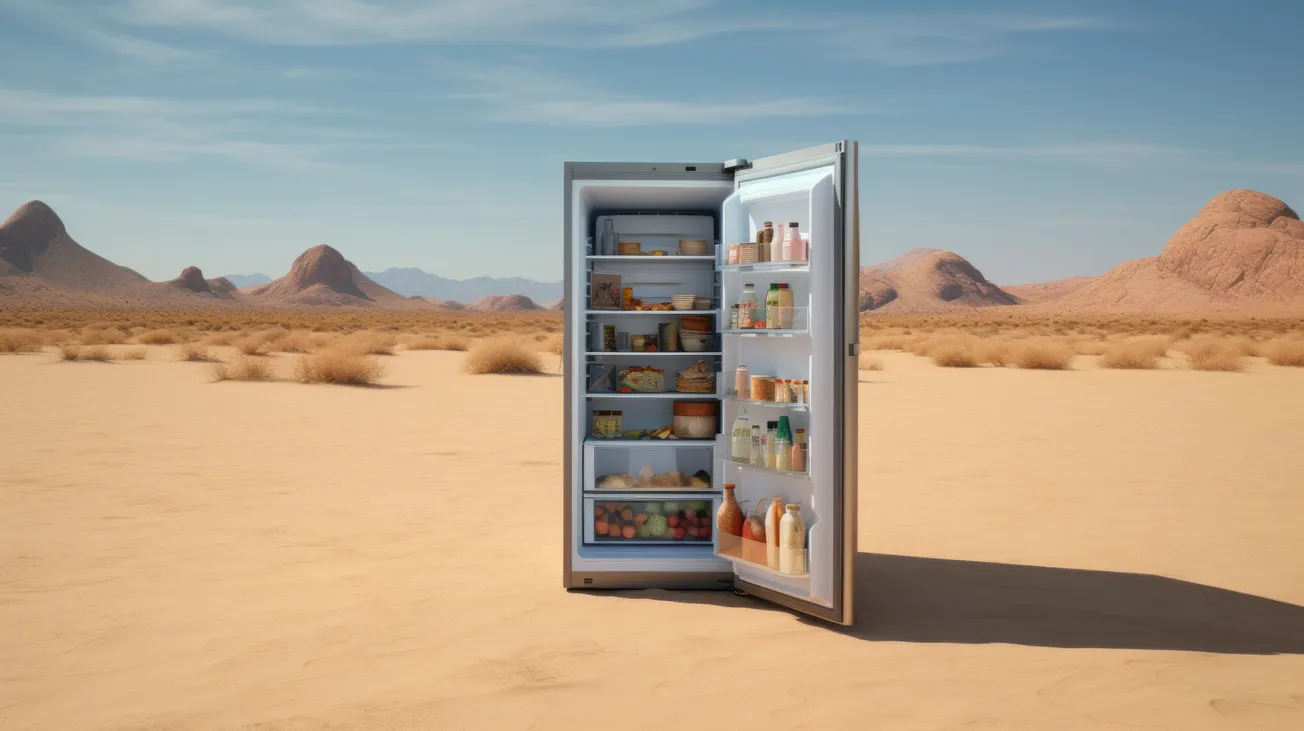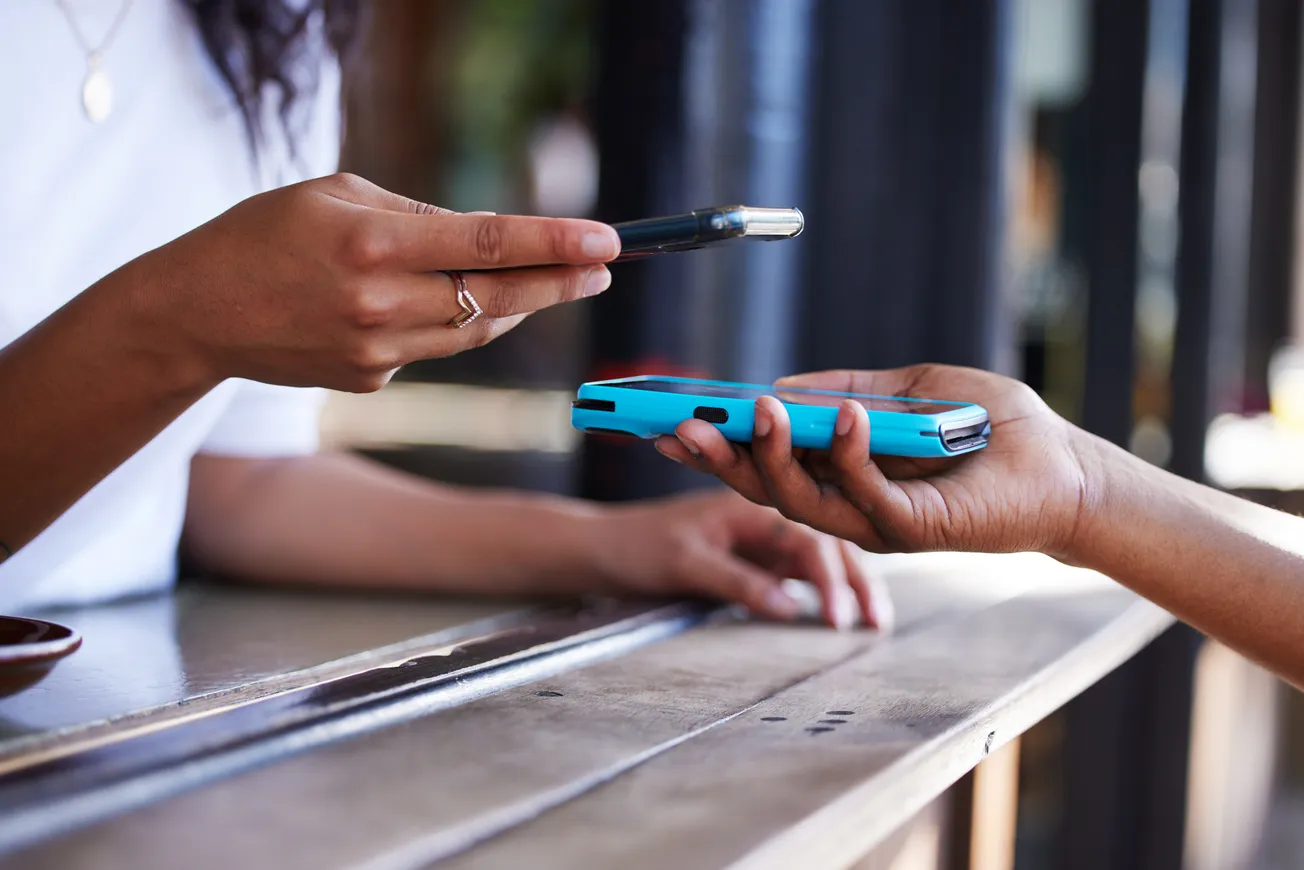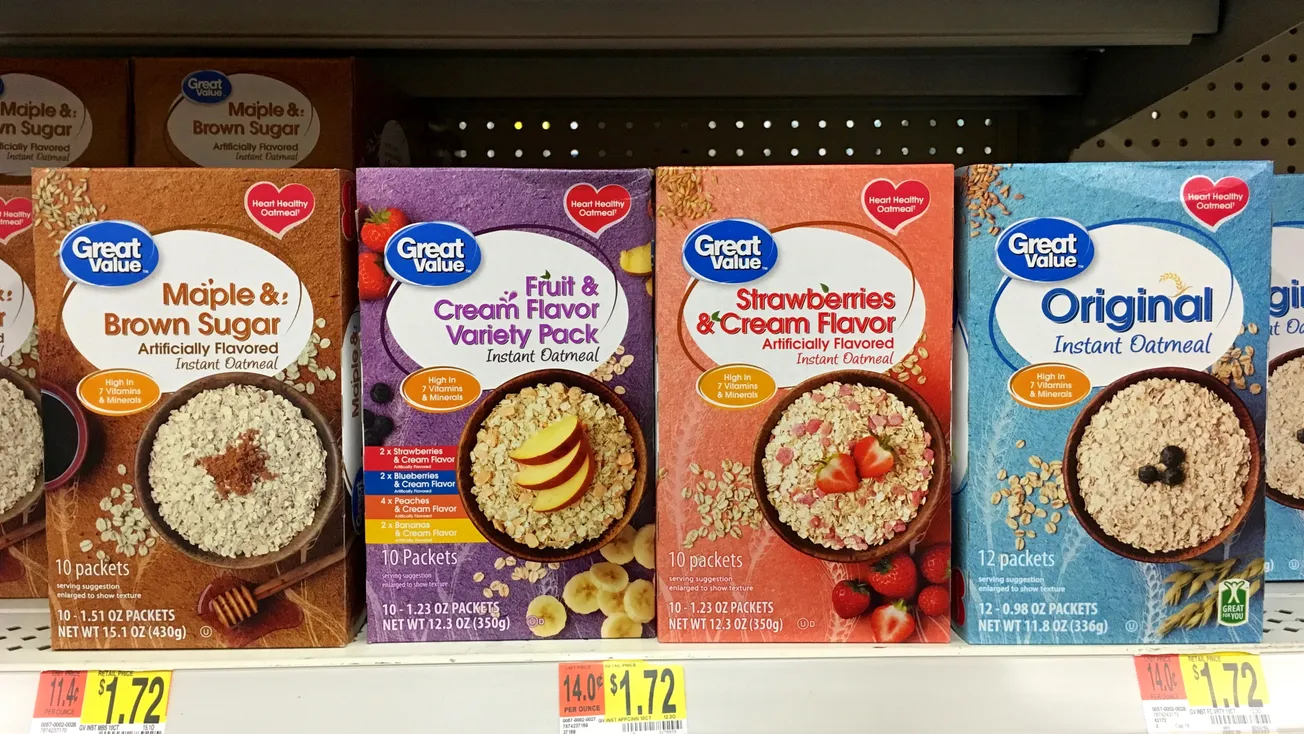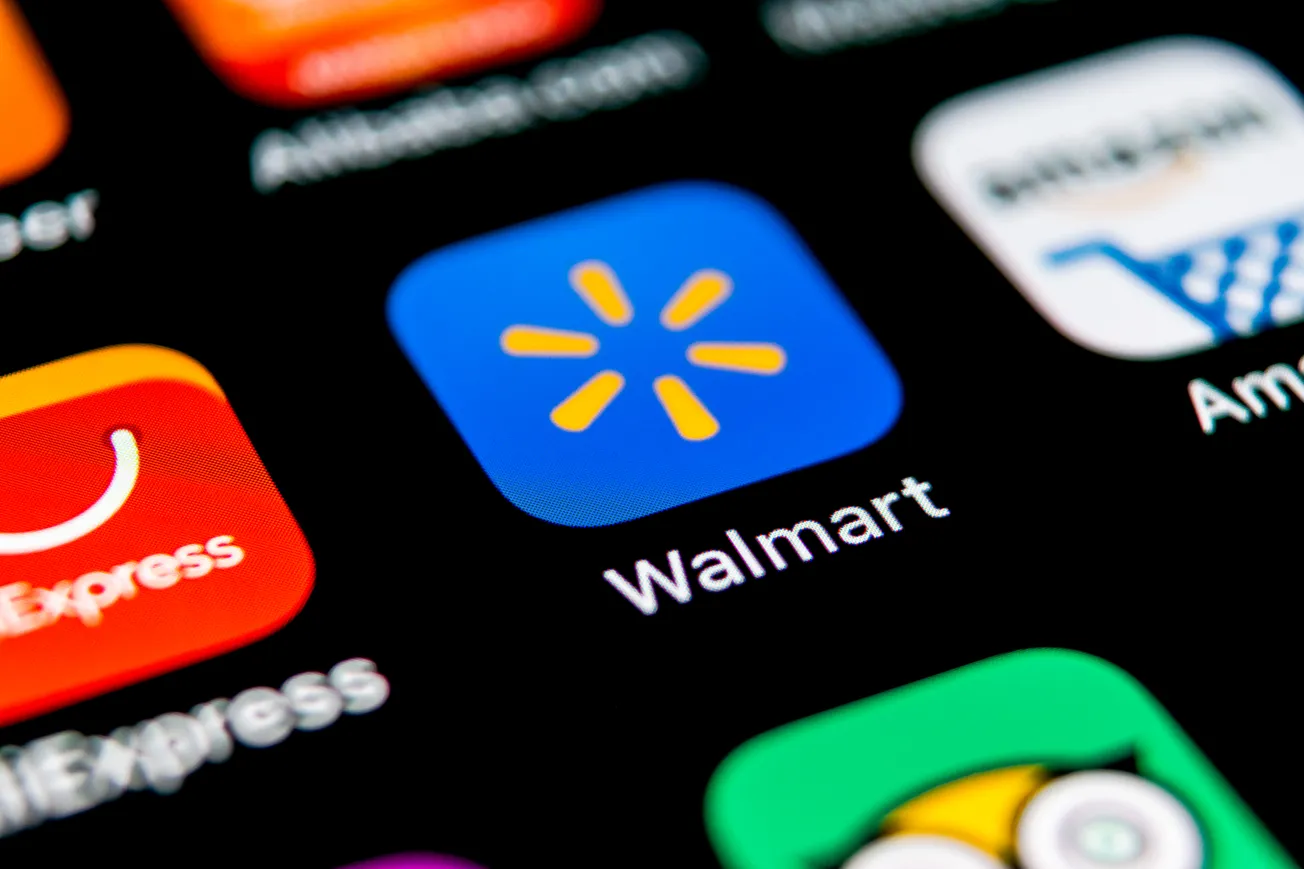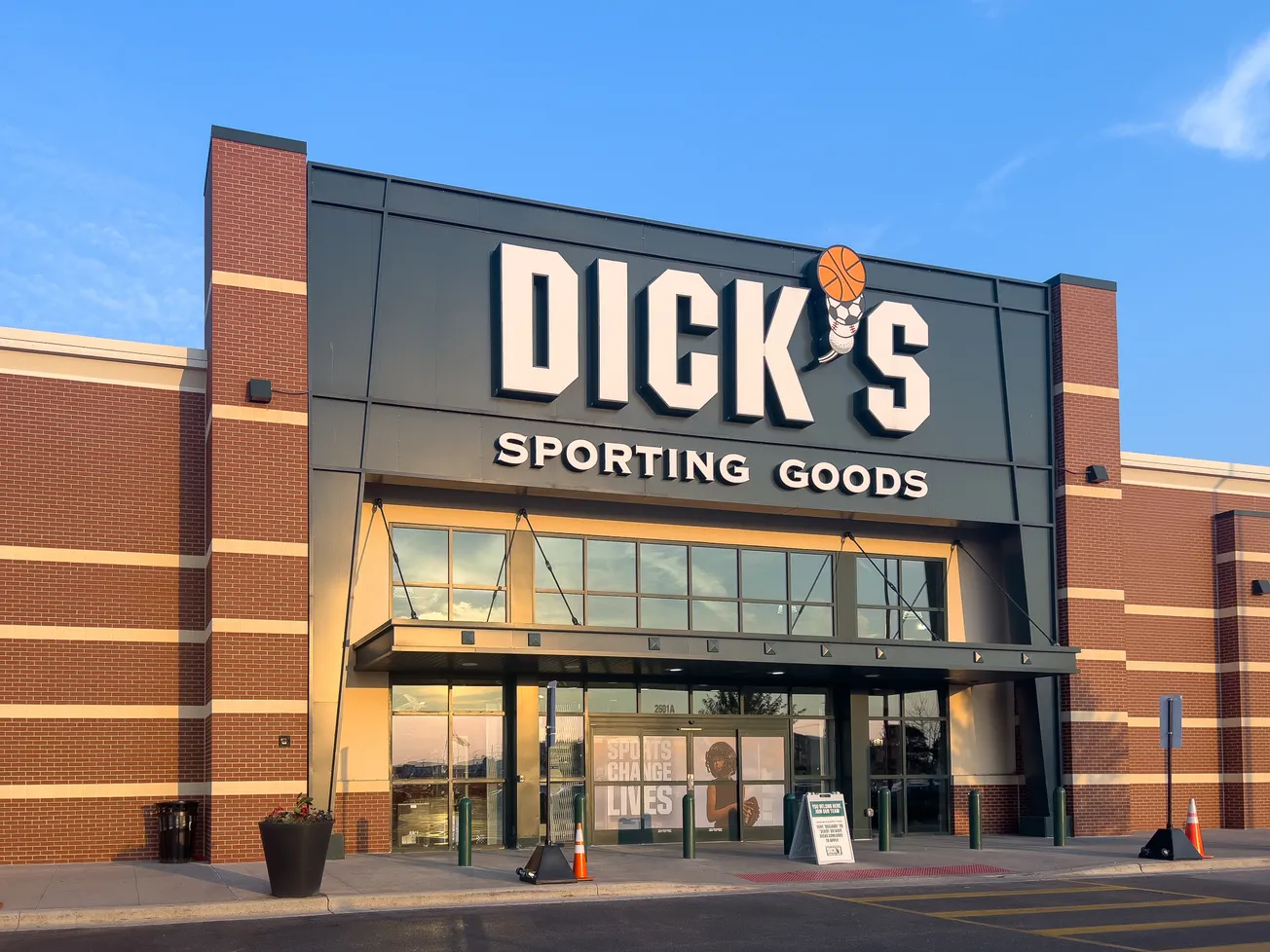Could delivery services bring access to food deserts in a way that brick and mortar stores don’t?
The emergence of delivery services presents a potential avenue to bridge the gap left by the absence of physical grocery stores.
Food deserts—areas where residents have limited access to affordable and nutritious food—pose significant challenges in certain portions of the United States.
These regions, often situated in low-income and historically marginalized communities, lack supermarkets or grocery stores, compelling residents to rely on convenience stores or fast-food outlets that offer predominantly processed and unhealthy food options.
However, the effectiveness of delivery services in addressing food deserts is contingent upon various factors, including accessibility, affordability, and the quality of partnerships between retailers and third-party delivery platforms.
Instacart's Initiatives to Combat Food Deserts
Instacart, in partnership with the City of Columbia, South Carolina, launched the Grocery Access Pilot (GAP) program, aiming to improve access to nutritious food for families residing in the city's food deserts.
The initiative provides eligible residents with a complimentary Instacart+ membership and monthly Instacart Health Fresh Funds stipends, enabling them to order groceries online and have them delivered directly to their homes.
This program not only alleviates the logistical challenges associated with limited food access but also empowers residents to make healthier dietary choices.
Building on the success of the GAP program, Instacart has expanded its efforts through collaborations with organizations like No Kid Hungry and Mercy Housing. Together, they have launched research initiatives to combat hunger and improve nutrition for families living in affordable housing communities located in food deserts.
These partnerships focus on providing access to nutritious food and nutrition education, aiming to create sustainable solutions to food insecurity.
The Role of Delivery Services in Addressing Food Deserts
The proliferation of delivery services has transformed the retail landscape, offering consumers the convenience of home-delivered groceries and essentials.
In food deserts, delivery services could mitigate the challenges associated with food deserts by providing residents with access to a wider range of products, including fresh produce and other perishable items that are often scarce in their communities.
A study by the Brookings Institution found that approximately 93% of the U.S. population, including 90% of individuals residing in traditional food deserts, have access to food delivery services from major providers such as Amazon Fresh, Instacart, Uber Eats, and Walmart.
This widespread availability suggests that delivery services can play a crucial role in enhancing food accessibility in underserved areas.
However, the effectiveness of delivery services in addressing food deserts is not without challenges.
Barriers such as limited broadband access, the cost of delivery fees, and the necessity of digital literacy can hinder the adoption of these services among low-income and rural populations. Moreover, the reliance on delivery services does not address the underlying structural issues that contribute to the existence of food deserts, such as economic disinvestment and systemic inequalities.
Impact on Pharmacy and Prescription Deliveries
The delivery model's success in the grocery sector has parallels in pharmacy services.
Companies like Uber Health, in partnership with ScriptDrop, coordinate prescription deliveries from pharmacies to patients' homes.
Similarly, Publix Pharmacy has collaborated with ScriptDrop to offer home delivery of prescriptions within a five-mile radius of their stores.
These initiatives are particularly beneficial in "pharmacy deserts," areas lacking convenient access to pharmacies. By leveraging delivery services, pharmacies can ensure patients receive necessary medications promptly, improving adherence and health outcomes.
However, challenges such as the cost of delivery, the need for timely deliveries, and the handling of temperature-sensitive medications must be addressed to ensure the effectiveness of these services.
Geographical Examples of Food Deserts
Food deserts are prevalent across various regions in the United States, affecting both urban and rural communities.
For instance, in Arkansas, a report by the Arkansas Center for Health Improvement highlighted that as of 2019, at least 358 of the state's 686 census tracts were classified as low-access areas.
This classification indicates that a significant portion of the population lived farther than one mile from the nearest large grocery store in urban areas or farther than ten miles in rural areas, limiting their access to healthy food sources.
While delivery services present promising avenues to alleviate the challenges posed by food and pharmacy deserts, it is essential to address existing barriers to maximize their impact. Strategic partnerships between retailers, pharmacies, and delivery platforms, coupled with efforts to enhance accessibility and affordability, can play a pivotal role in reducing disparities in food and healthcare access.
However, it is crucial to recognize that delivery services are not a panacea for the complex issues underlying food deserts. Comprehensive solutions must also address the root causes of food insecurity, including economic inequality, systemic disinvestment in marginalized communities, and barriers to healthy food access.

